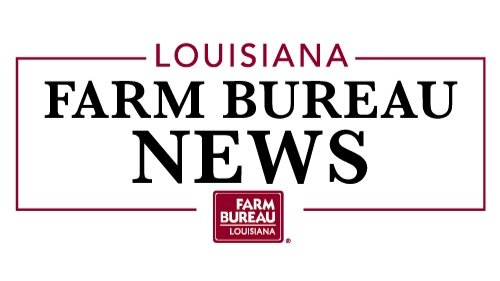AgFax Rice - Louisiana
By AgFax Media LLC, AgFax.com
OVERVIEW
Harvest has started on a miniscule basis in southwestern Louisiana. A few farmers planted limited acreage in mid-February and those fields were ready.
More draining is under way in the coastal rice belt of Texas and Louisiana.
Hurricane Barry caused minimal damage and disruption, based on most reports this week. Heavy rains did cause flooding and put water over rice in certain areas. But the storm's totals were mostly tolerable and even beneficial in certain cases. Also, winds were well below predicted speeds.
Disease pressure will potentially increase due to the prolonged amount of moisture that Barry did bring.
LOUISIANA CROP PROGRESS
Keith Collins, Extension Agent, Richland, Ouachita and Franklin Parishes, Rayville, Louisiana:
"(Hurricane) Barry gave us a slow, soaking rain and it was beneficial with the exception of a couple of spots in the extreme northeastern part of the state and in Catahoula and Concordia parishes. I've heard reports of 6 to 7 inches of rain in the extreme northeast.
"A limited amount of our rice went down. The winds didn't get that high and very little of our crop was heading. With the poor planting conditions early in the season, you might find a field or two of heading rice in this part of the state but most of the crop was planted later. Considering the possible outcomes, we rode out the storm in good shape.
"The biggest problem we've had is grass and I've heard similar reports from Arkansas. Barnyardgrass has been a bear to deal with. We saw escapes from the get-go and have had to make salvage treatments.
"We haven't had too many insect problems, although rice stink bugs are showing up where barnyardgrass is bad and heading. They're sitting on the barnyardgrass and waiting for the rice to head out, so we may be in for a bad RSB year.
"So far, not much disease. We've had to treat a field of Thad, a specialty variety susceptible to blast."
Dustin Harrell, Louisiana Rice Extension Specialist, LSU Rice Research Station, Crowley:
"Most of our rice producers fared pretty well when hurricane Barry moved into the state. That includes farmers in both southwestern and northeastern Louisiana. That's not to say we didn't have wind damage in certain areas and also flooding in at least one part of the state.
"Where rice was flowering, the wind disturbed pollination, so a bit of storm-related blanking is likely, and grain also was bruised in places. But lodging was minimal. Mostly, we were very fortunate.
"The area that received significant damage was in a narrow band in the south-central part of our rice growing region. It kind of fell in a line from Oberlin to Ville Platte to Bunkie where more than a foot of rain fell and rice went under water to some extent.
"How much the crop was hurt through there will partly depend on how fast growers could get the water off fields. But, again, most of our rice was spared the brunt of the storm.
"In our southwestern parishes, the only rice that would have been affected would be any plants still flowering, but a good deal of those fields are beyond that point. We're probably just a week away (as of 7/16) from draining most of that rice.
"A small amount of rice, in fact, has already been harvested. No word on yields. That acreage was planted in mid-February. Every year, a handful of farmers plant a bit of rice that early on small acreages before starting into the main part of their crop."
